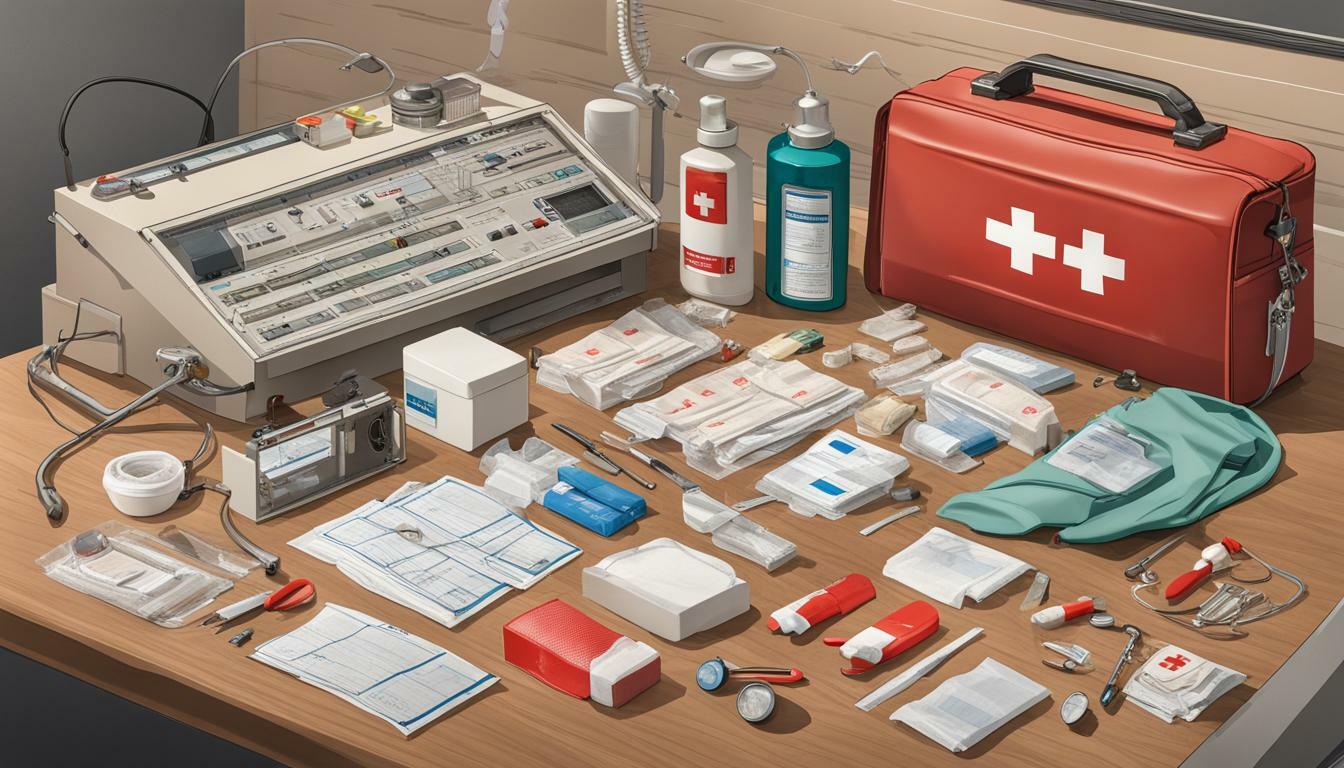Radio broadcasting can be an exciting and rewarding career, but it also has its fair share of risks and hazards. From slips and falls to electrical accidents, broadcasters must be prepared to handle emergencies that may arise in the studio. Having first aid kits readily available can help promote workplace safety and ensure the health and well-being of all broadcasters.
Aside from having a first aid kit, it is important to be aware of the necessary precautions to maintain a safe studio environment. This includes implementing proper posture, taking regular breaks, and following electrical safety guidelines.
Key Takeaways
- First aid kits are essential for promoting workplace safety in radio broadcasting.
- Proper precautions, such as maintaining good posture and following electrical safety guidelines, can help prevent accidents in the studio.
Understanding the Risks in Radio Broadcasting
Radio broadcasting can involve various risks that broadcasters need to be aware of to ensure their safety in the studio. Being able to identify the potential hazards in the studio environment is an essential aspect of maintaining a safe working space.
One of the most common risks in radio broadcasting is the potential for electrical shock or burn caused by faulty equipment or wiring. In addition, broadcasters may be at risk of developing hearing damage due to prolonged exposure to loud noises. Poor air quality, tripping hazards, and poor lighting can also present risks that can lead to accidents or injuries.
To mitigate these risks, it’s important for radio broadcasters to be aware of their surroundings and identify potential hazards. Regular maintenance and inspection of equipment, including wiring, is critical in preventing electrical accidents. Maintaining good air quality and lighting, as well as keeping the studio free of clutter and tripping hazards, can also help reduce the risk of accidents.
Overall, it’s essential that radio broadcasters take steps to identify and mitigate potential risks in the studio environment to ensure their safety and well-being while working.
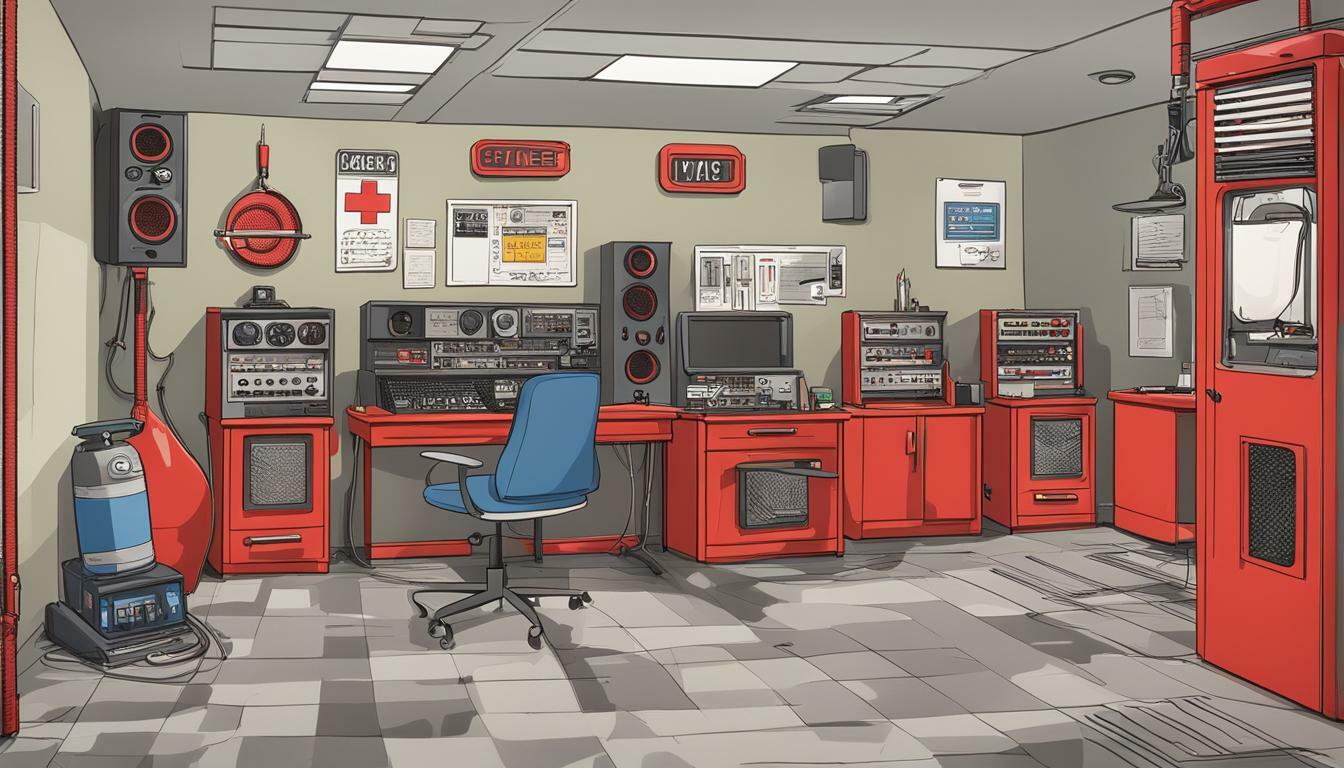
The Importance of First Aid Kits for Radio Broadcasters
When it comes to radio studio safety, having a well-stocked first aid kit is essential. In case of an emergency, having immediate access to first aid supplies can make all the difference in reducing the severity of injuries. First Aid Kits for Radio Broadcasters should be customized to meet the specific needs of the studio environment, with a focus on workplace safety.
First aid supplies found in these kits should be able to address common injuries that are likely to occur in a radio studio environment. For instance, tools such as gloves, antiseptics, and bandages are necessary to treat common accidents such as cuts, burns, and minor injuries. Additionally, it is crucial to ensure that the first aid kit is easily accessible and known to all employees.
Having a first aid kit is not only vital for the health and safety of employees, but it is also a workplace safety requirement. Employers have a responsibility to provide a safe working environment for their employees, including adequate first aid supplies. Workplace safety is critical in preventing accidents, which can have severe consequences for the studio and the employees.
Regularly checking and updating the first aid kit ensures that employees have access to the necessary supplies when needed. It is crucial to keep an inventory of the supplies and perform regular checks on their expiration dates. Updating the kit frequently is important to ensure that it remains relevant and effective in addressing potential injuries.
Having a customized first aid kit and performing regular checks and updates are crucial steps in promoting workplace safety in radio broadcasting. By emphasizing the importance of these measures and providing training on proper first aid procedures, employers can ensure that their employees are well-equipped to handle emergencies that may arise in the studio environment.

As with any workplace, risks are inherent in radio broadcasting. Accidents can happen, and it is essential to be prepared. A first aid kit for radio broadcasters is a crucial aspect of promoting workplace safety. By designing a customized kit, regularly maintaining and updating it, and providing proper training on accident prevention and first aid procedures, employers can create a safer and healthier studio environment for their employees.
Essential First Aid Supplies for Radio Studios
First aid kits are an essential component of workplace safety in radio broadcasting. These kits should be fully stocked with the necessary supplies to address common accidents and injuries that can occur in radio studios. Here are some of the most critical first aid supplies that should be included:
| First Aid Supply | Use |
|---|---|
| Bandages (assorted sizes) | To cover and protect cuts and scrapes. |
| Gauze pads | To clean and dress wounds. |
| Tweezers | To remove splinters or other small foreign objects from the skin. |
| Antiseptic wipes | To clean wounds and prevent infection. |
| Disposable gloves | To protect the first aider from any bodily fluids while providing care. |
| Scissors | To cut dressings and clothing if necessary. |
| Ice pack | To reduce swelling and inflammation caused by injuries such as sprains or strains. |
| Eye wash solution | To flush out any foreign objects or chemicals that might have entered the eyes. |
It is also essential to include a first aid manual that outlines the steps to take for different types of injuries. This manual should be regularly updated and easily accessible to all broadcasters in the studio.

Having a well-stocked first aid kit that includes these essential supplies is critical in promoting workplace safety and minimizing the severity of injuries in radio studios. Regularly checking and restocking the supplies is also necessary to ensure the effectiveness of the first aid kit when it is needed most.
Designing a Customized First Aid Kit for Radio Broadcasting
When it comes to workplace safety, having a well-stocked first aid kit is essential. In radio broadcasting, accidents can happen, and it’s crucial to have the necessary supplies on hand to address any injuries or health concerns that may arise. By creating a customized first aid kit tailored to the specific needs of radio broadcasters, you can help promote workplace safety and provide essential medical assistance in case of emergencies.
To create an effective first aid kit for radio broadcasting, start by assessing the potential risks and hazards in your studio. Consider the types of accidents that may occur, such as burns, cuts, or strains, and identify the necessary first aid supplies to address them. Some essential items to include in your kit are:
| First Aid Supplies | Description |
|---|---|
| Bandages | To cover and protect cuts and wounds |
| Gauze pads | To stop bleeding and prevent infection |
| Antiseptics | To clean and disinfect wounds to prevent infection |
| Gloves | To protect against contamination and infection |
| Ice packs | To reduce swelling and inflammation |
| Scissors | To cut tape and bandages |
| Tweezers | To remove splinters or debris from wounds |
| Thermometer | To monitor body temperature |
In addition to these supplies, it may be necessary to include items such as prescription medications, eye wash, or automated external defibrillators (AEDs) depending on the specific needs and risks of your studio.
Once you have identified the necessary items, consider the size and storage of your first aid kit. It should be easily accessible and clearly labeled, with supplies organized in a way that allows for quick and easy access. Make sure to regularly check expiration dates and restock supplies as needed to ensure your first aid kit remains effective in case of emergencies.
By taking the time to design a customized first aid kit for your radio broadcasting studio, you can help promote workplace safety and ensure that your team is prepared to handle any accidents or health concerns that may arise.
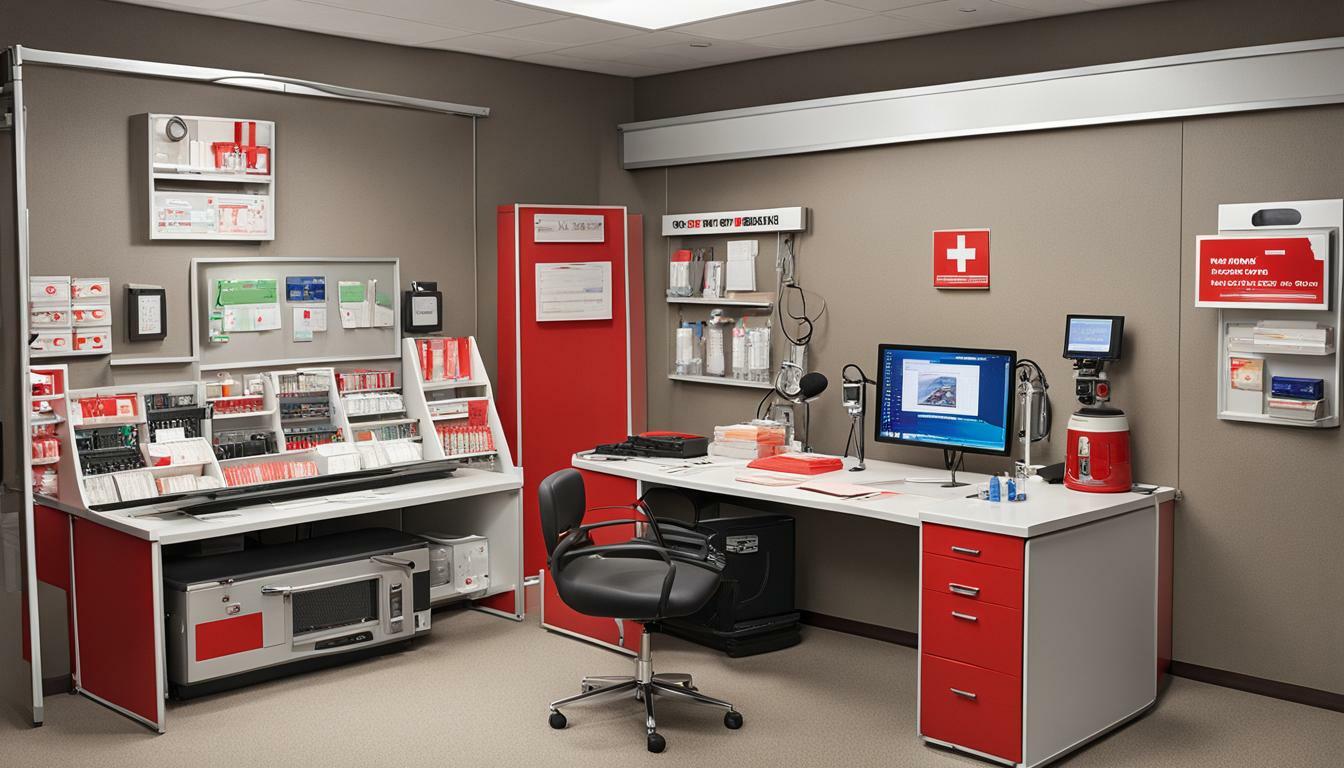
Emergency Response and Preparedness in Radio Studios
Radio broadcasting studios are often busy and dynamic environments, with many potential risks and hazards for broadcasters. Accidents can happen, and it is essential to have an emergency response plan in place for any incident that may occur. It is crucial to have a well-equipped first aid kit in the studio that is easily accessible in case of emergencies.
In addition to a first aid kit, emergency response kits should be readily available, with items such as flashlights, a fire extinguisher, and emergency blankets. These kits can help to ensure that broadcasters are prepared to handle any emergency situation that may arise.
In the event of a studio accident, it is vital to remain calm and composed. Identify the potential dangers, and if it is safe to do so, provide any necessary first aid to the affected person. It is also essential to inform the appropriate authorities and follow any emergency procedures that have been established.
Regular training and drills can help to ensure that broadcasters are well-prepared to handle any emergency in the studio. It is crucial to review and update emergency response plans regularly to account for any changes in the studio environment and keep all broadcasters informed of any updates or changes.
“In addition to a first aid kit, emergency response kits should be readily available, with items such as flashlights, a fire extinguisher, and emergency blankets.”
It is also important to have a designated person responsible for overseeing emergency response and preparedness in the studio. This person should be familiar with all emergency procedures and be able to facilitate emergency response efforts quickly and efficiently.
Overall, the key to effective emergency response and preparedness in radio studios is preparation, training, and communication. By establishing clear emergency procedures, keeping first aid and emergency response kits readily available, and regularly reviewing and updating plans, broadcasters can ensure a safe and secure working environment for all.
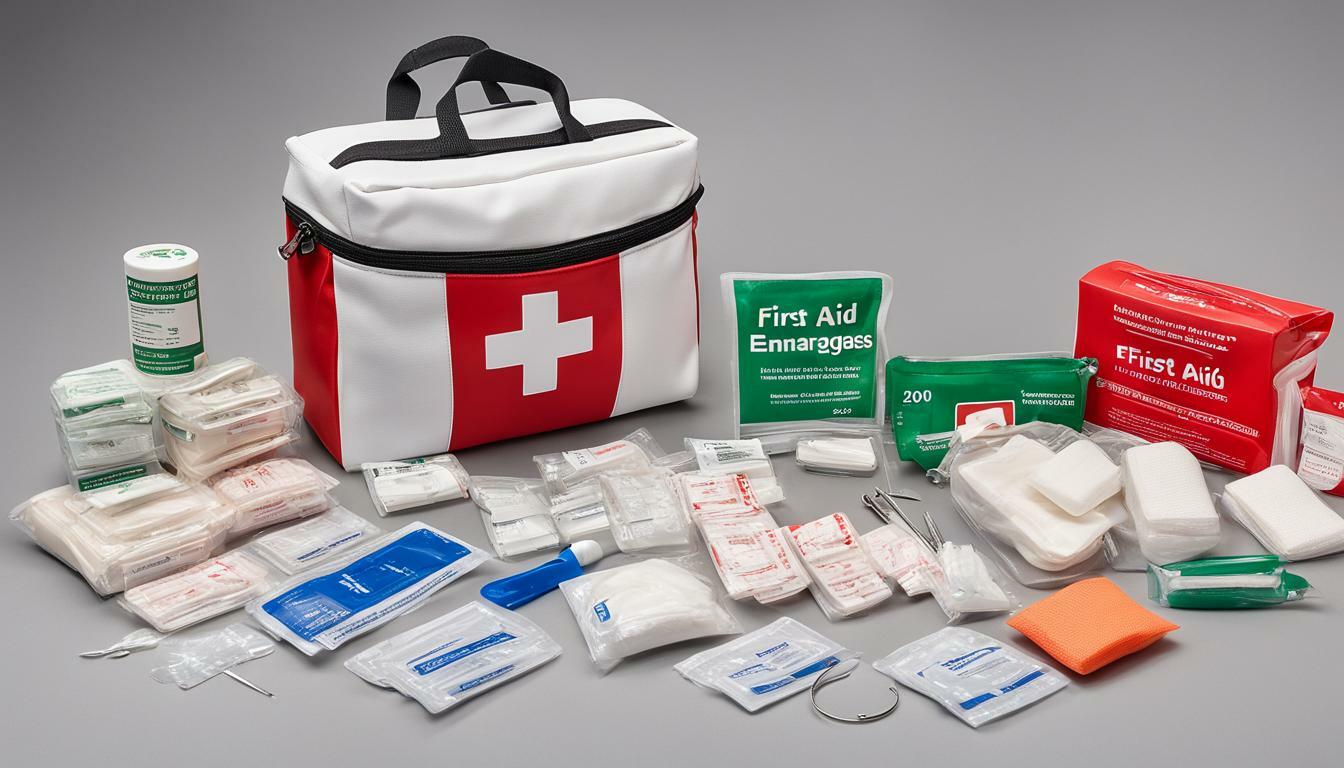
Workplace Safety Training for Radio Broadcasters
Ensuring workplace safety is essential for all businesses, and radio broadcasting is no exception. Radio studios are full of potential hazards, from tripping over cables to electric shock, and broadcasters need to be trained to handle emergencies. Proper workplace safety training can not only prevent accidents but also help radio broadcasters react calmly and effectively in case of emergencies.
Radio stations must provide regular training sessions to ensure that their staff can handle any situation that may arise. It is essential to provide training on first aid procedures, proper equipment handling, and accident prevention to create a safer studio environment. Knowledge and preparation can make all the difference in avoiding a serious accident.
Workplace safety training should be carefully designed and tailored to the specific needs of radio broadcasters. Radio broadcasting is a unique industry with its own set of risks and hazards, so generic safety training may not be sufficient. Radio stations must identify the specific risks that their broadcasters may face and provide training that is relevant and useful.
By providing proper training, radio stations can help their staff feel confident and prepared in handling workplace hazards. Additionally, providing regular training sessions can reinforce the importance of workplace safety and create a culture of safety awareness within the station.
Overall, workplace safety training is crucial to promoting radio studio safety. Radio stations must ensure that their staff is well-trained in handling emergencies and identifying potential hazards. The ultimate goal is to create a safer studio environment where broadcasters can thrive and produce quality content without fear of accidents or injuries.
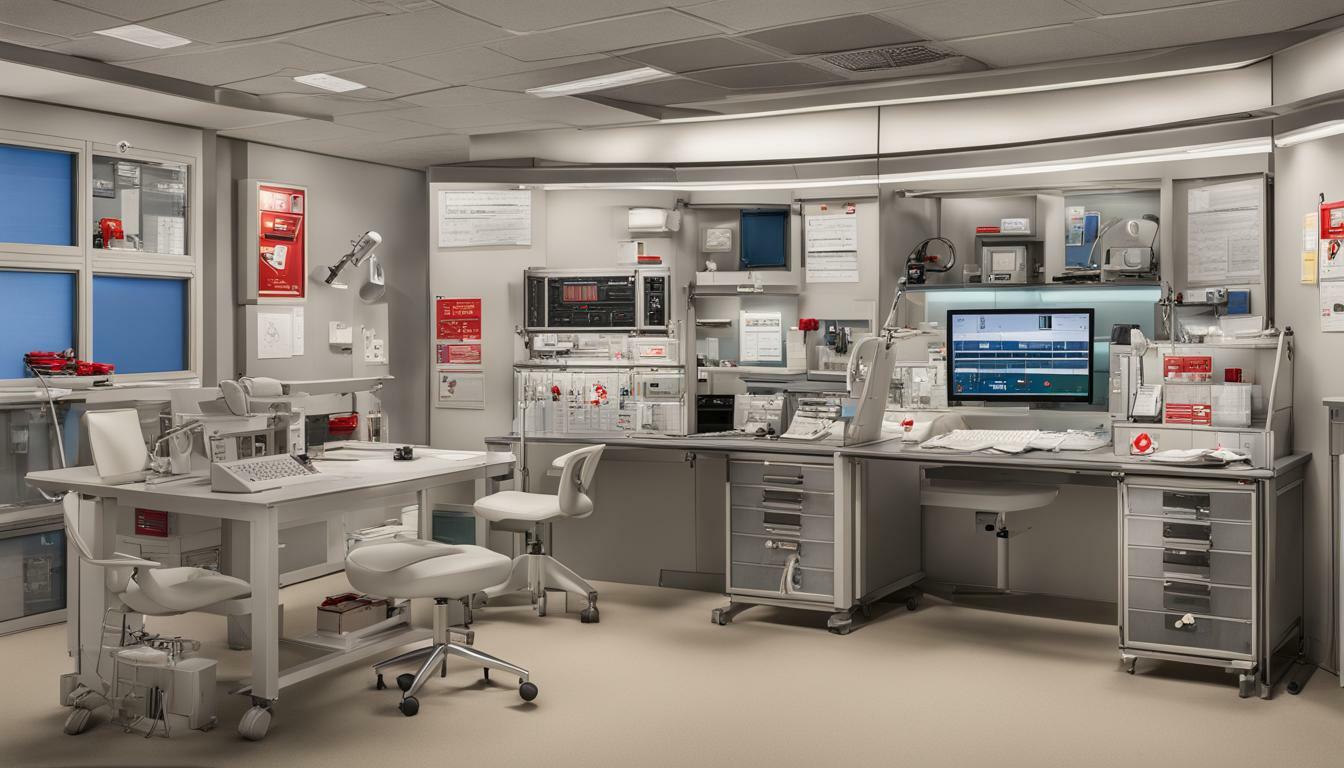
The Power of NLP Techniques in Enhancing Workplace Safety in Radio Stations
Neuro-Linguistic Programming (NLP) techniques offer a unique opportunity to improve communication, increase safety awareness, and reduce stress in radio stations. By integrating NLP into workplace safety training programs, broadcasters can learn to identify potential hazards, improve their response mechanisms, and foster a culture of safety within their teams. With the right tools and techniques in place, radio broadcasters can create a safer, more productive work environment.
What Is NLP?
NLP is a set of psychological techniques that are designed to influence and improve communication, behavior, and thinking patterns. By understanding the ways in which language and behavior are linked, individuals can learn to communicate more effectively, overcome limiting beliefs, and develop new strategies for achieving success.
Implementing NLP Techniques for Radio Stations
There are a number of NLP techniques that can be used to enhance workplace safety in radio stations. One powerful technique is reframing, which involves changing the way in which employees view workplace safety. By encouraging them to see safety as a positive value, rather than a chore or burden, broadcasters can cultivate a more proactive approach to safety management.
Another powerful NLP technique is anchoring, which involves the creation of emotional triggers that can be used to enhance positive feelings and reduce negative ones. By linking positive emotions to safety practices, broadcasters can create a more positive association with safety training and procedures.
The Benefits of NLP for Workplace Safety
Implementing NLP techniques in workplace safety training programs can offer a number of benefits for radio broadcasters, including:
- Improved communication and teamwork
- Increased safety awareness and hazard identification
- Reduced stress and anxiety in the workplace
- Greater productivity and job satisfaction
By integrating NLP into workplace safety training programs, radio broadcasters can create a safer, more supportive work environment that fosters personal and professional growth.

Conclusion
By embracing NLP techniques and tools, radio broadcasters can enhance workplace safety and create a more positive, supportive work environment. With the right training and support, broadcasters can cultivate a culture of safety that promotes productivity, creativity, and well-being.
The Importance of Maintaining and Updating First Aid Kits for Radio Broadcasters
Having a well-equipped first aid kit readily available in radio studios is essential in promoting workplace safety and reducing the severity of injuries. However, it is not enough to simply have a first aid kit on hand; regular maintenance and updates are necessary to ensure its effectiveness in case of emergencies.
Regular first aid kit inspections should be conducted to check for expired supplies or items that need to be restocked. It is recommended to perform routine first aid kit checks on a monthly basis. During these checks, ensure that the first aid supplies are still sealed and in good condition. Replace any expired items and restock any missing supplies.
It is also important to regularly review and update first aid procedures and emergency response plans. Radio broadcasters should be trained on these procedures and be aware of the location of the first aid kit and emergency response equipment. In the event of an emergency, it is crucial to act quickly and confidently. Adequate training and preparedness can make all the difference in mitigating injury and saving lives.
| Tip: | Consider assigning a responsible person to oversee first aid kit maintenance and inspections. This person should be responsible for monitoring the expiration dates of first aid supplies and ensuring that the first aid kit is always fully stocked and ready for use. |
|---|
Maintaining and updating first aid kits is an ongoing process that should not be overlooked. Keeping a well-stocked and up-to-date first aid kit is crucial in promoting workplace safety and protecting the health and well-being of radio broadcasters.
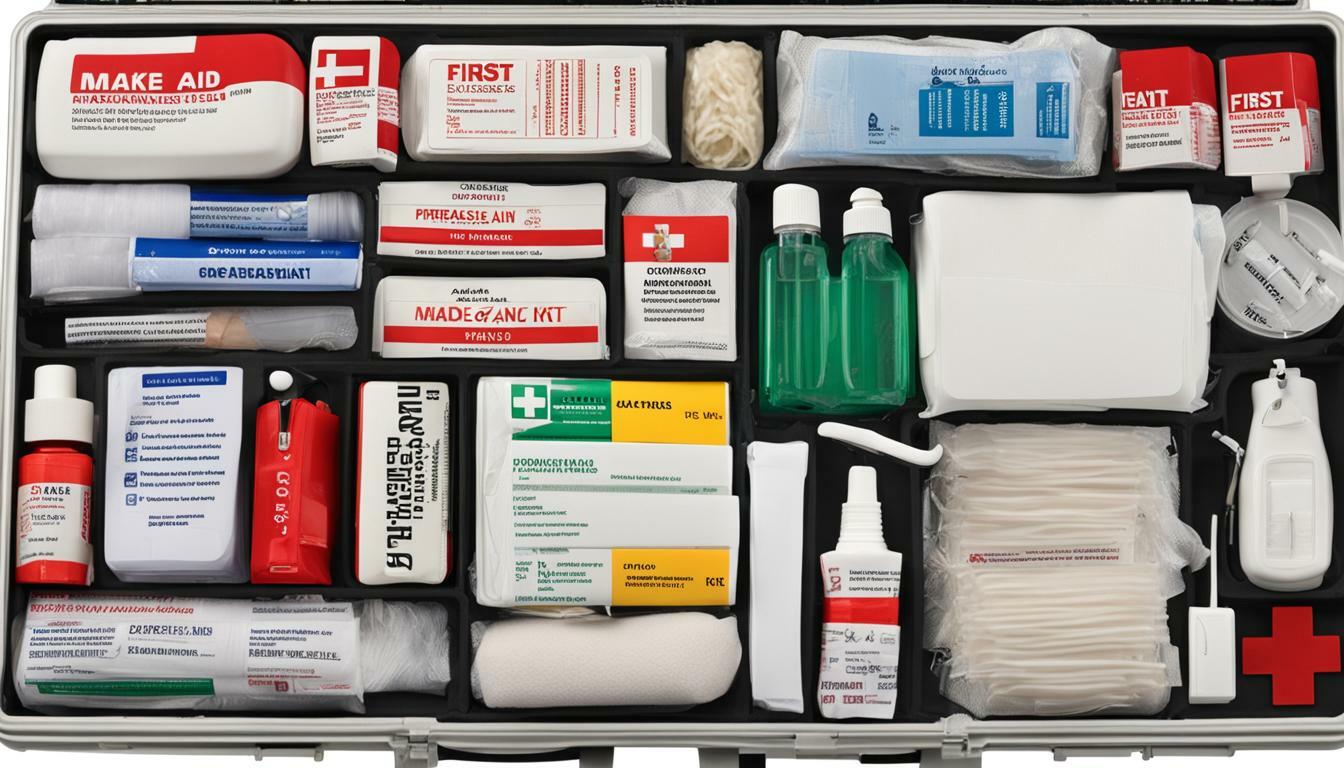
Best Practices for Studio Health Precautions
Ensuring the health and safety of broadcasters in radio studios is crucial to maintaining a productive and efficient work environment. Here are some best practices for implementing studio health precautions:
Promote Proper Posture
Sitting for extended periods can lead to various health concerns, including back pain, neck pain, and poor circulation. Encouraging proper posture is essential to avoid such issues. Be sure to adjust chairs and desks to promote good posture, and remind broadcasters to stand, stretch, and move around frequently.
Maintain a Clean Studio Environment
Cleanliness is essential to prevent the spread of germs and bacteria. Regularly cleaning and disinfecting surfaces, equipment, and common areas can help reduce the risk of illness. Provide antibacterial wipes and hand sanitizers for use throughout the studio.
Manage Stress
Radio broadcasting can be a high-pressure job, leading to stress and burnout. Encourage broadcasters to take breaks, practice relaxation techniques, and manage their workload to avoid stress-related health concerns.
Encourage Healthy Habits
Promoting healthy habits such as drinking water, avoiding sugary and caffeinated drinks, and taking regular breaks can improve overall health and well-being. Encourage broadcasters to bring healthy snacks and meals to eat during their breaks.
Invest in Ergonomic Equipment
Using ergonomic equipment such as chairs, keyboards, and monitors can reduce the risk of repetitive strain injuries (RSIs). Investing in high-quality ergonomic equipment is essential to promote a healthy work environment.
Stay Up-to-Date on First Aid Training
Knowing how to respond to accidents and emergencies is essential in any workplace. Ensure all broadcasters are trained in first aid procedures and regularly conduct training sessions to keep their skills up to date.
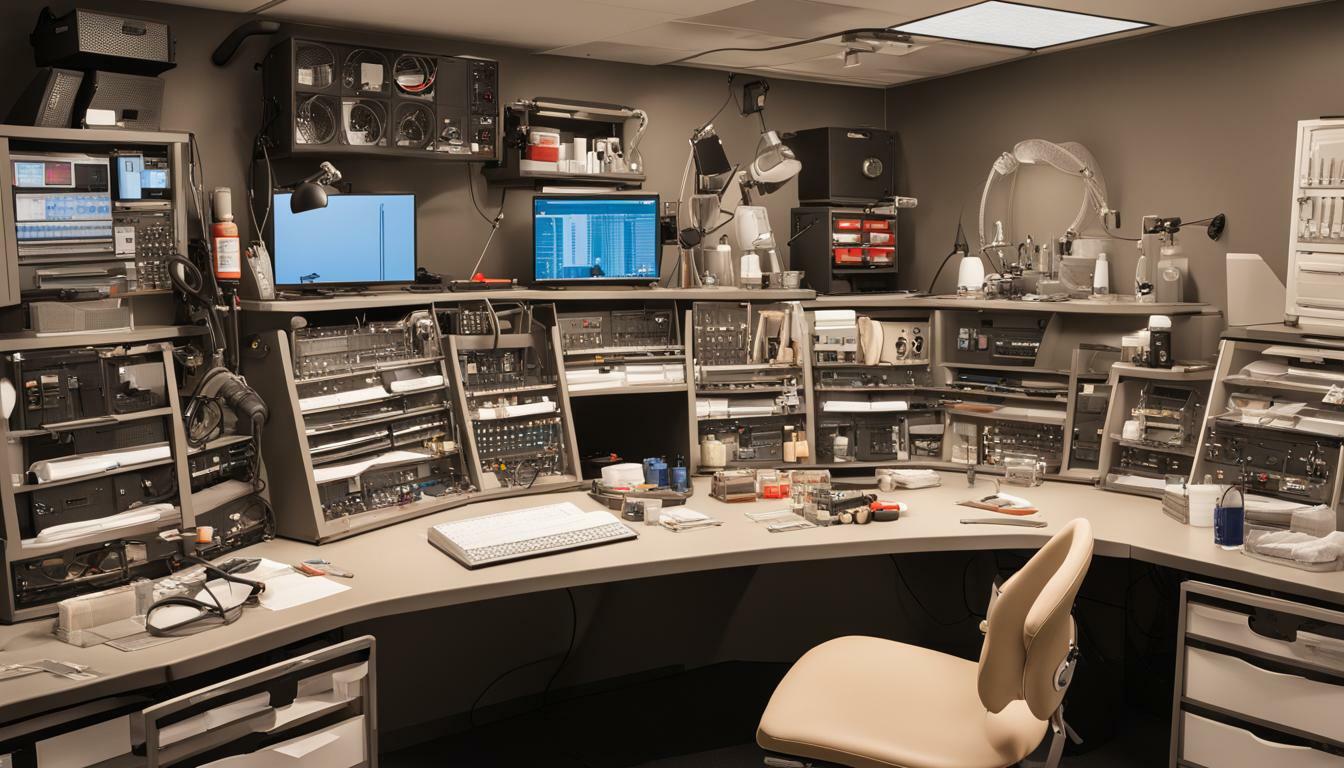
Implementing these best practices can help create a safe and healthy studio environment for radio broadcasters. By promoting workplace safety and prioritizing the well-being of broadcasters, radio studios can operate successfully while reducing the risk of accidents and injuries.
Conclusion
In conclusion, radio broadcasting can be a demanding profession that requires vigilance and preparedness. It is essential to understand the potential risks and hazards that broadcasters may face in the studio environment and take proactive measures to mitigate them.
One of the most crucial steps towards promoting workplace safety is to have well-equipped first aid kits readily available in radio studios. By investing in quality first aid supplies and creating a customized kit tailored to the specific needs of broadcasters, you can effectively address common studio accidents and reduce their severity.
Additionally, it is crucial to implement comprehensive emergency response plans and preparedness in radio studios. Workplace safety training and the application of NLP techniques can further enhance communication, reduce stress, and improve overall safety awareness among broadcasters.
Regularly maintaining and updating first aid kits is also essential to ensure their effectiveness. By routinely checking expiration dates, restocking supplies, and conducting inspections, you can be confident that your first aid kit is always ready for use.
Finally, promoting studio health precautions such as maintaining a clean environment, promoting proper posture, and managing stress can significantly enhance overall well-being. By following these best practices, you can create a safer and healthier studio environment that promotes the well-being of broadcasters.
